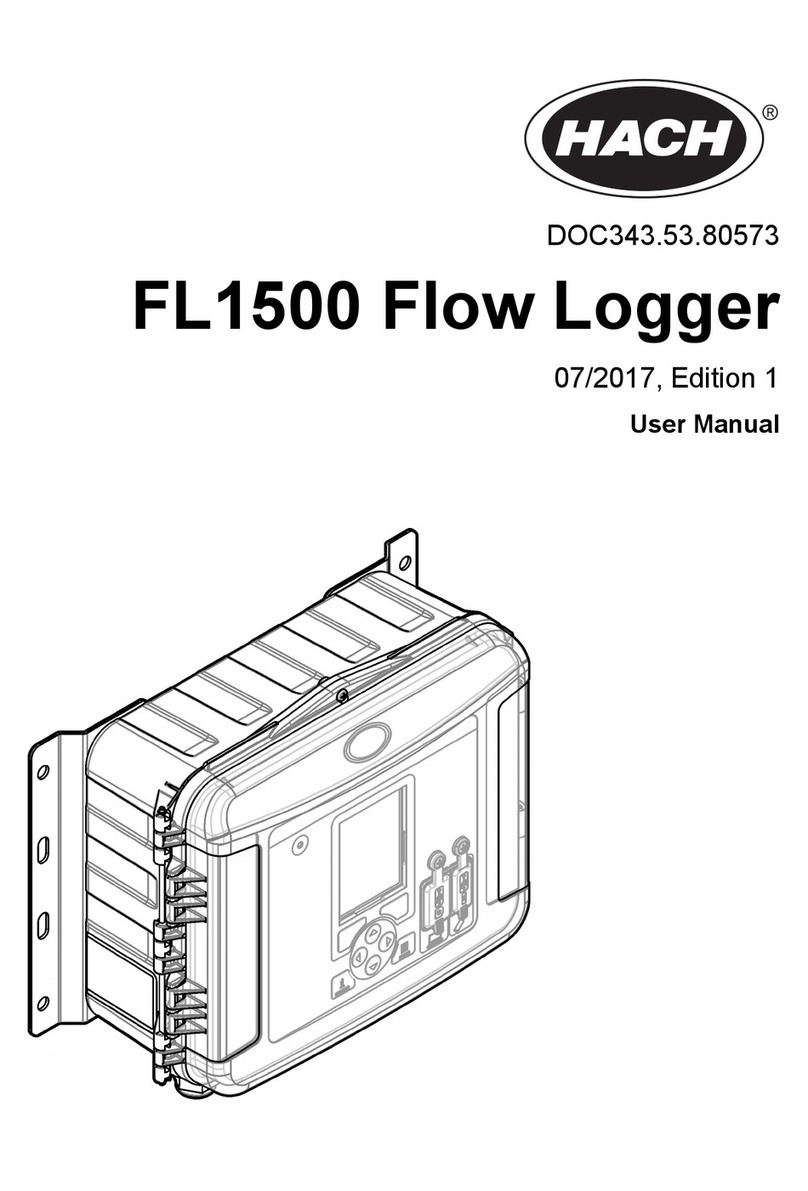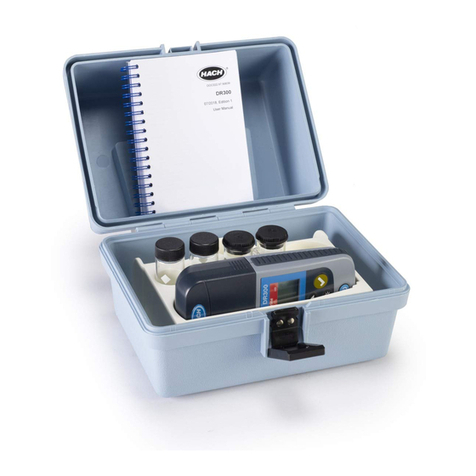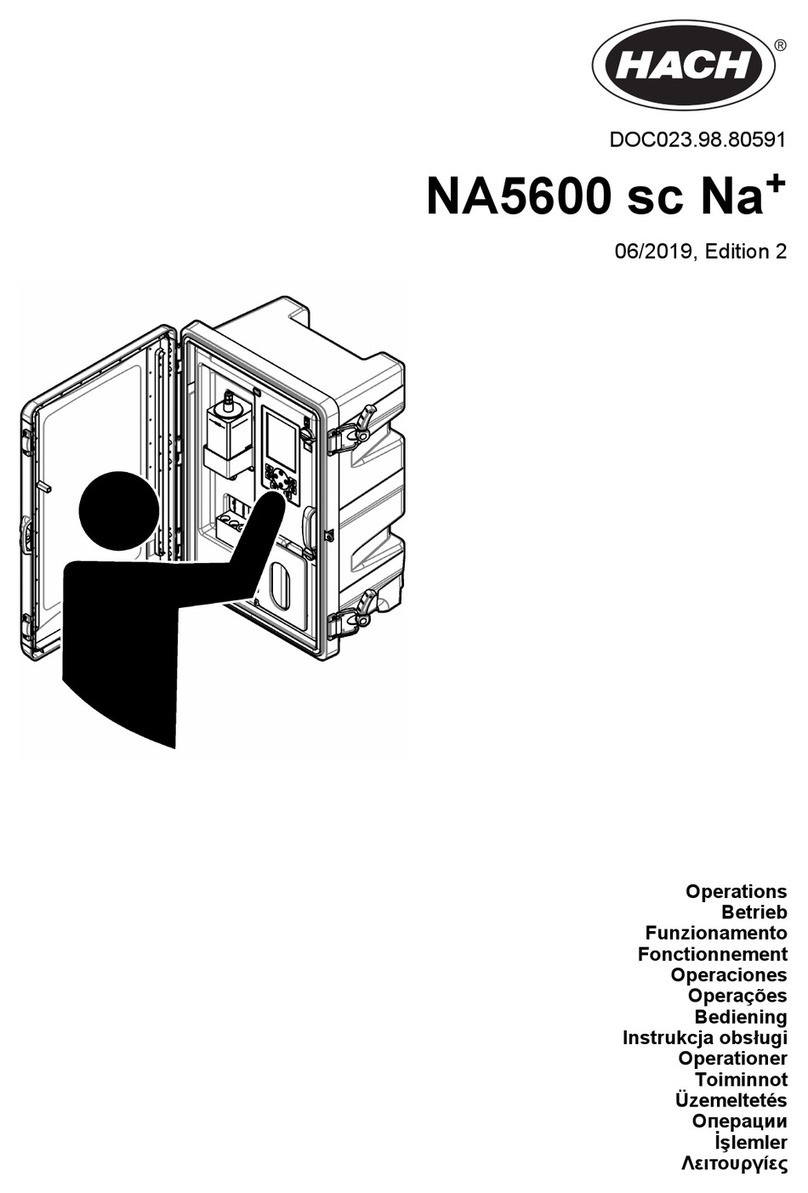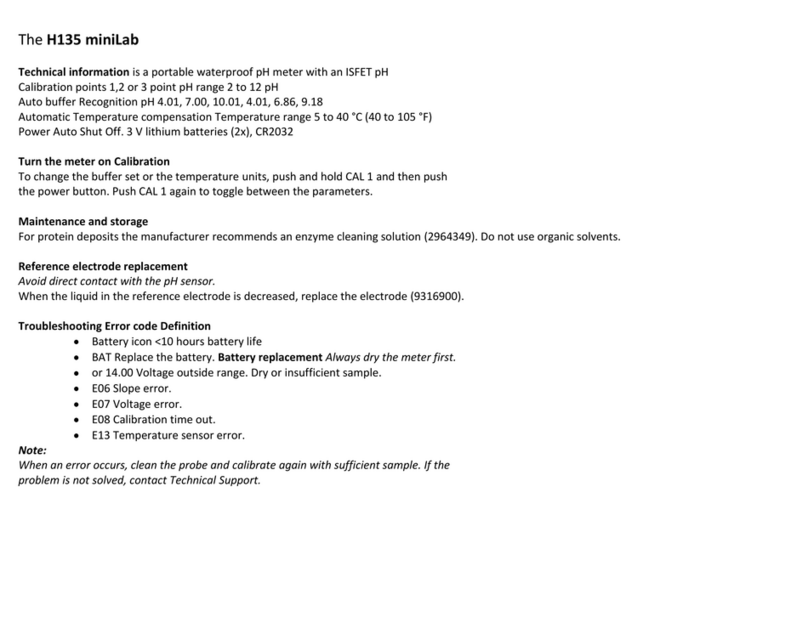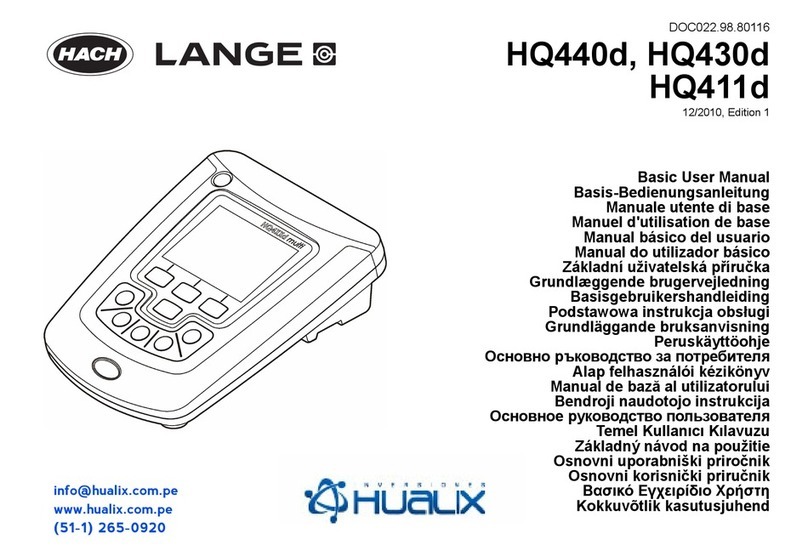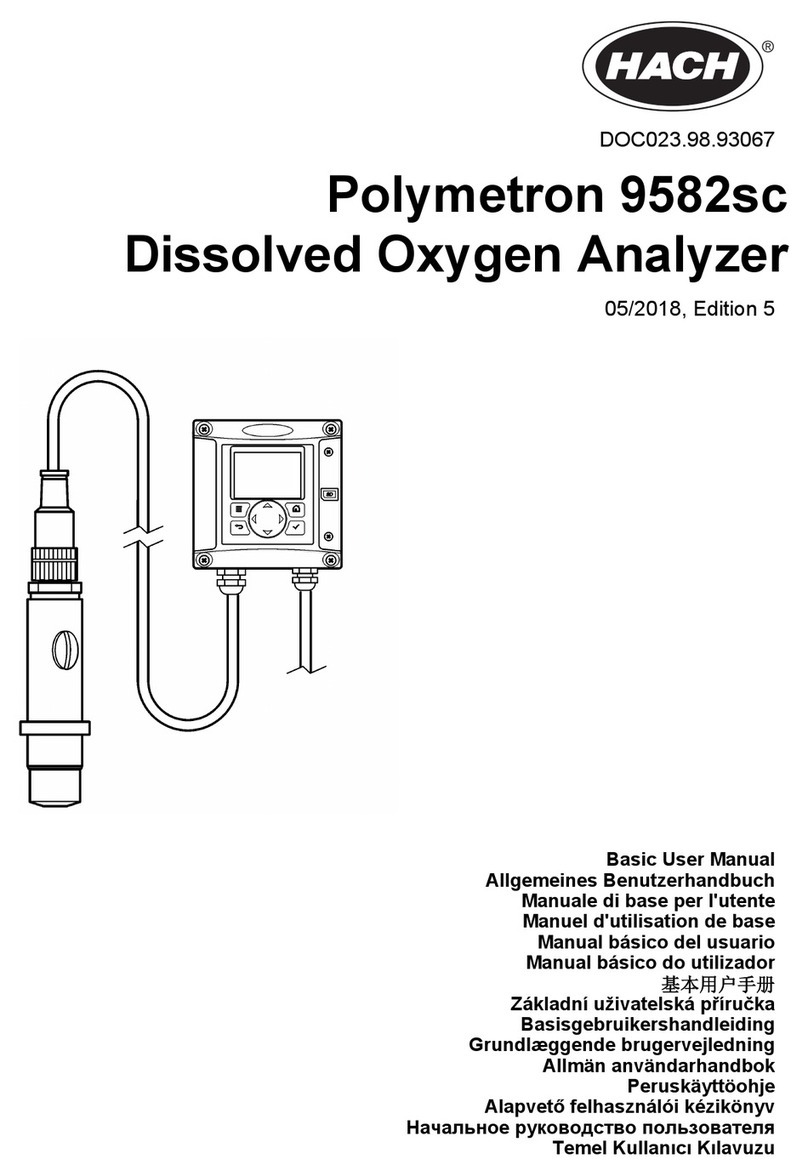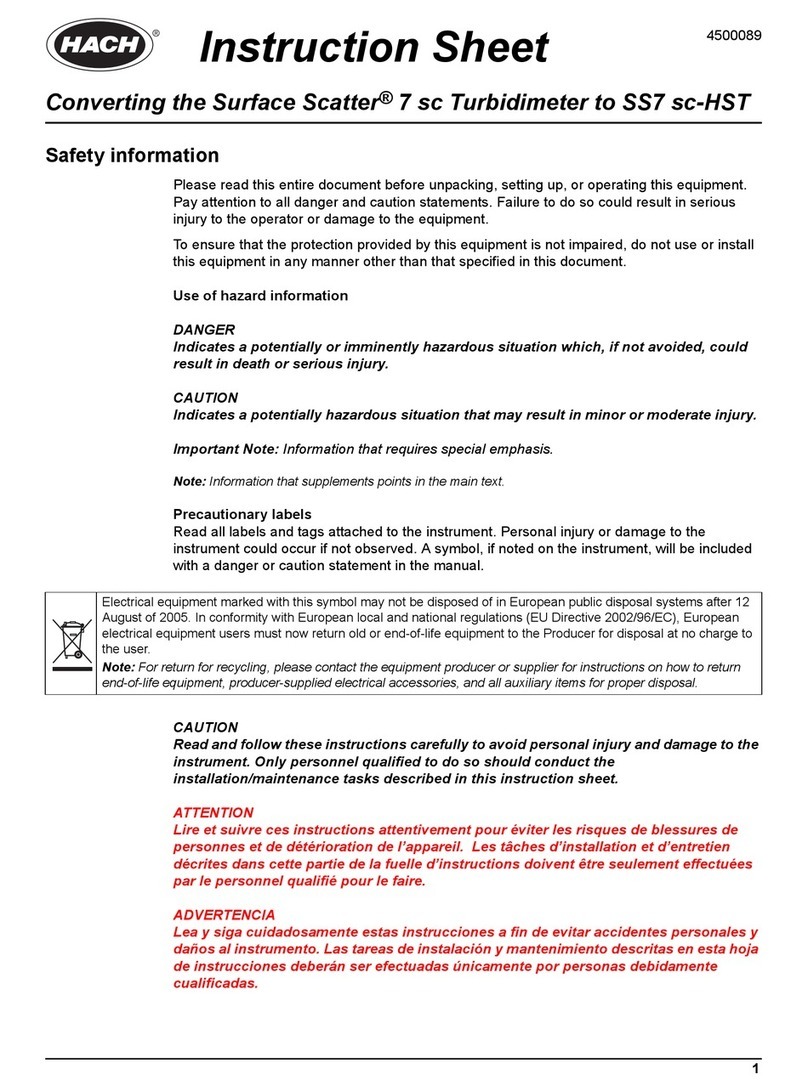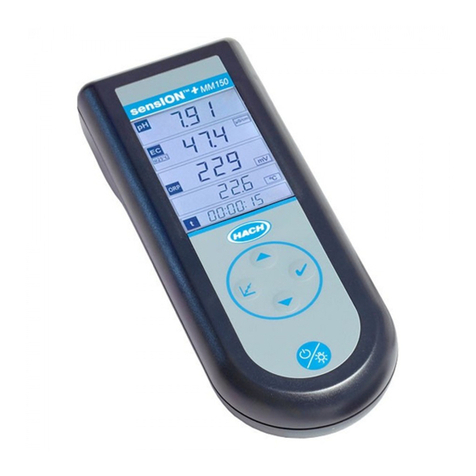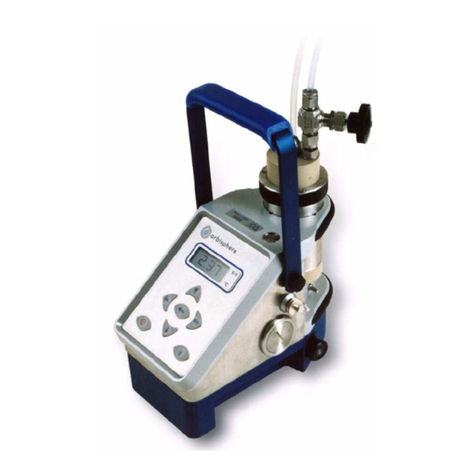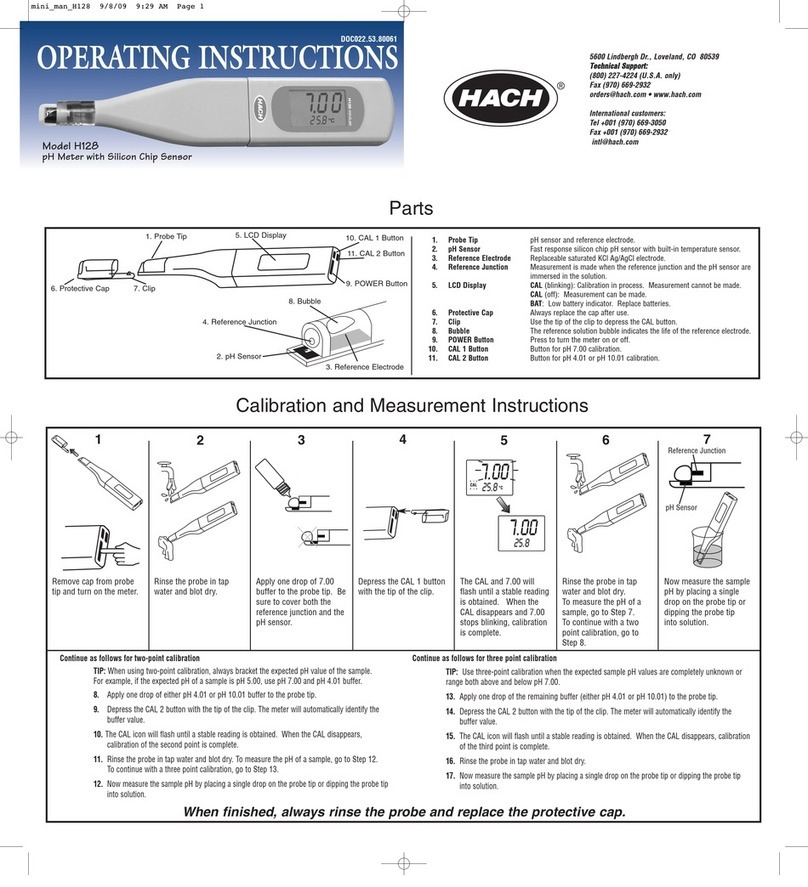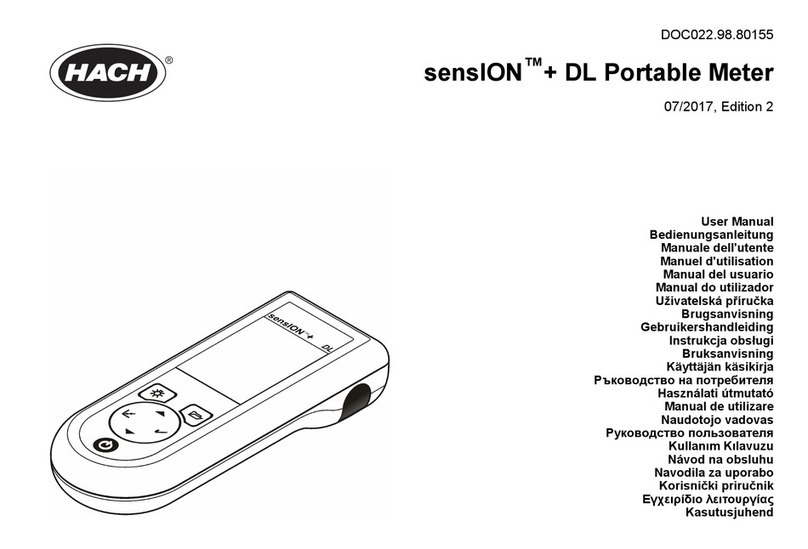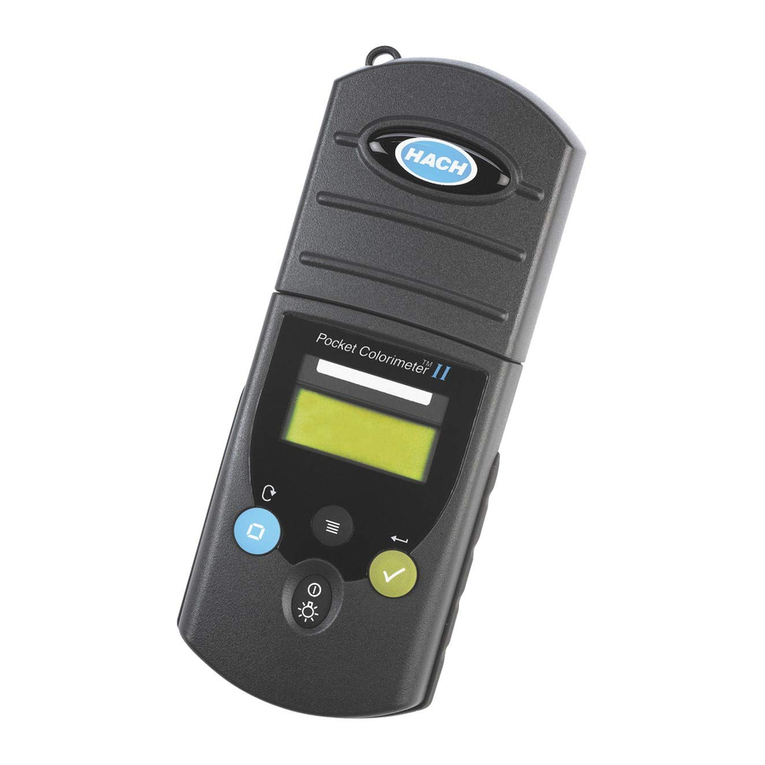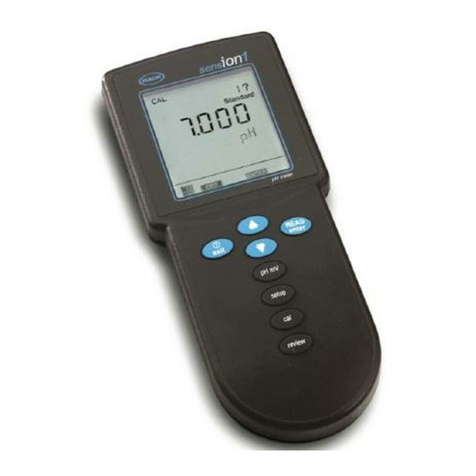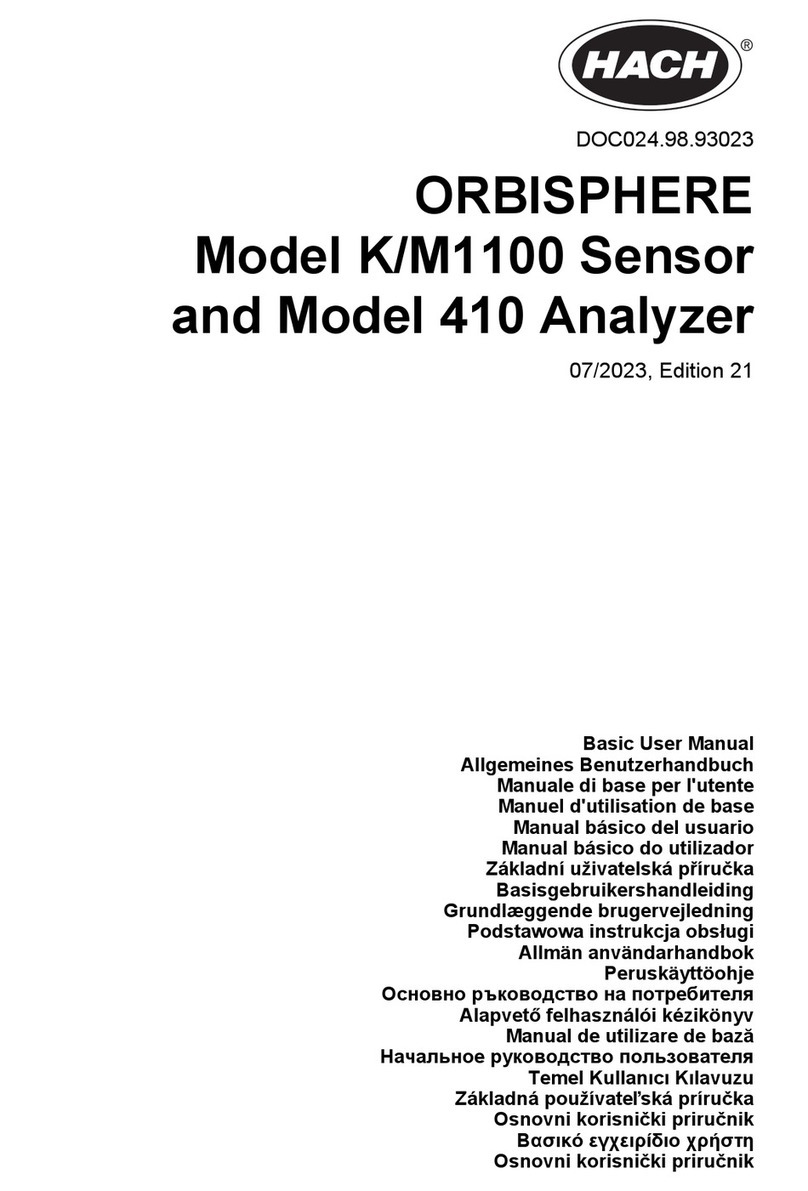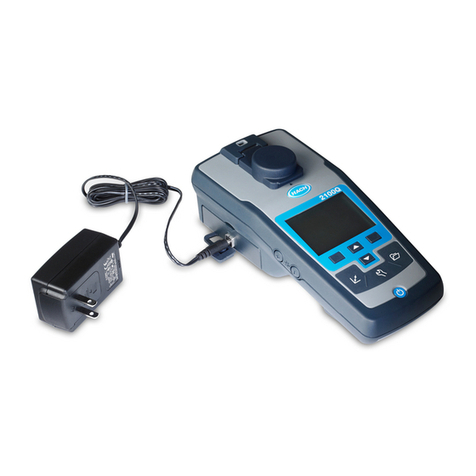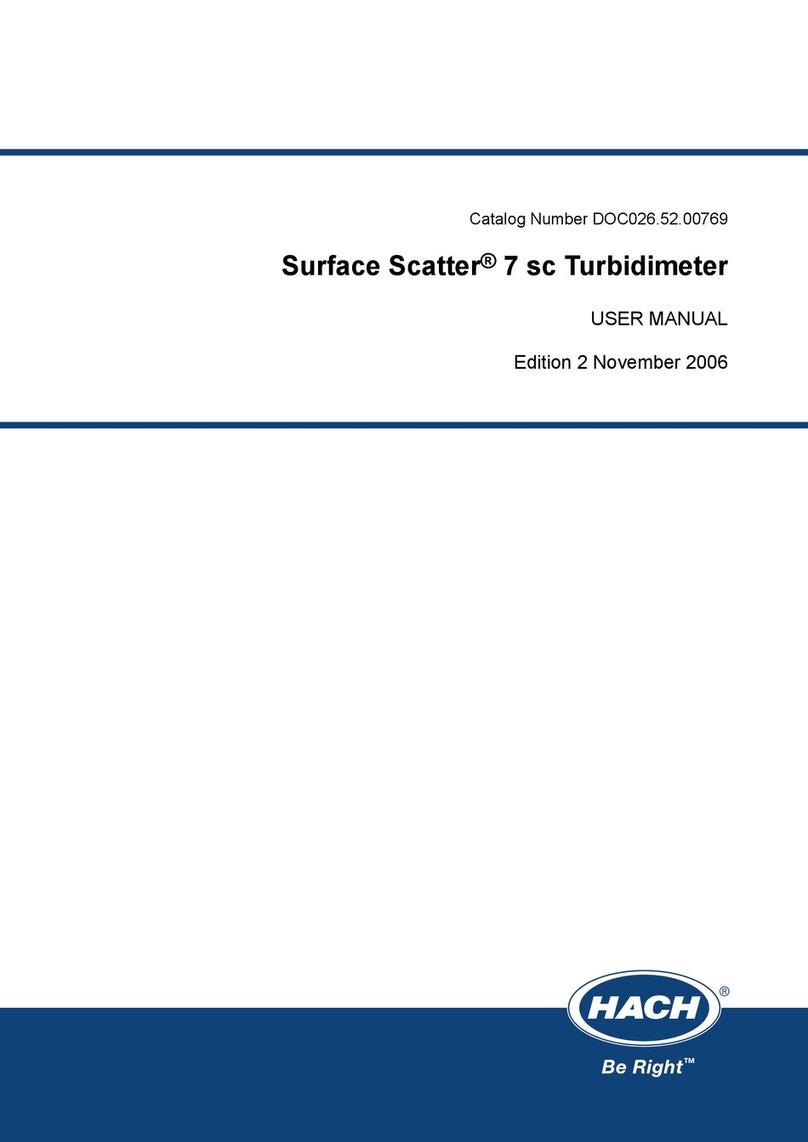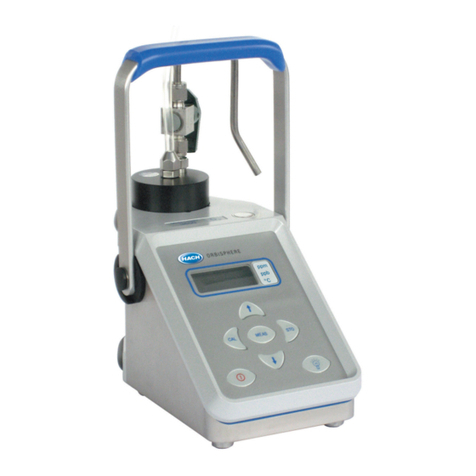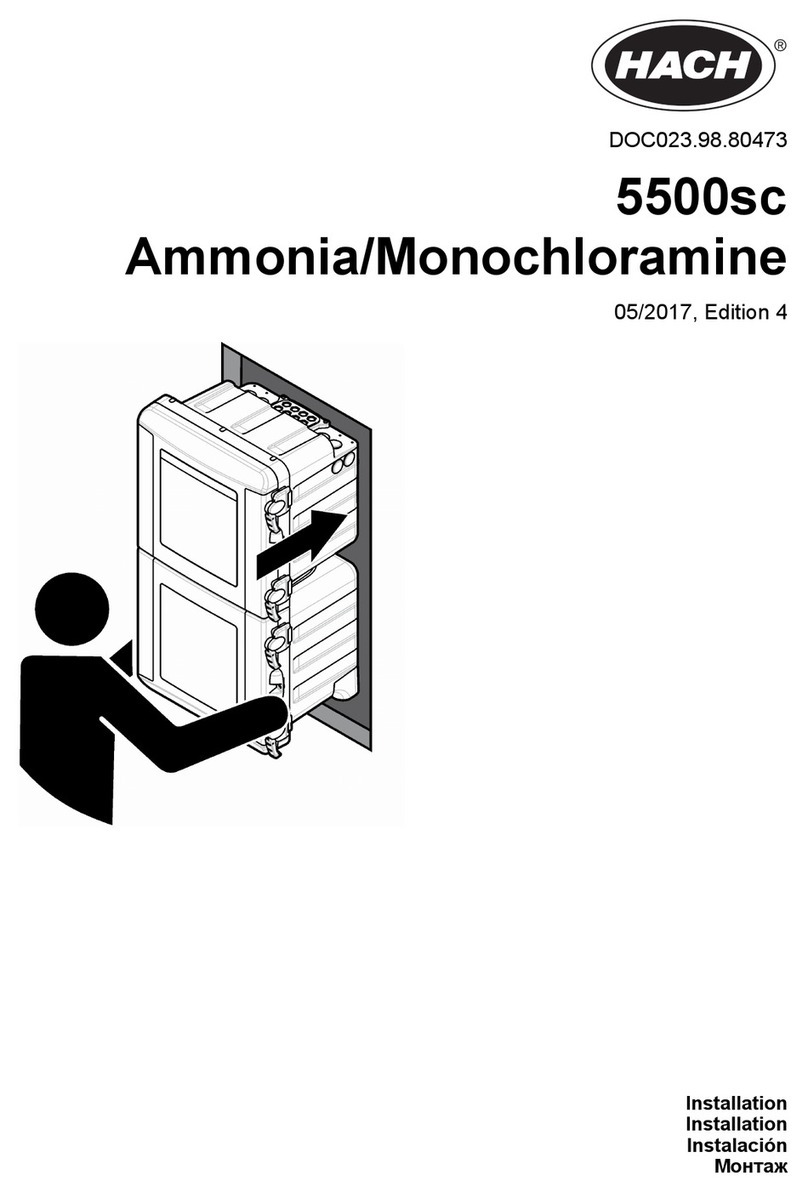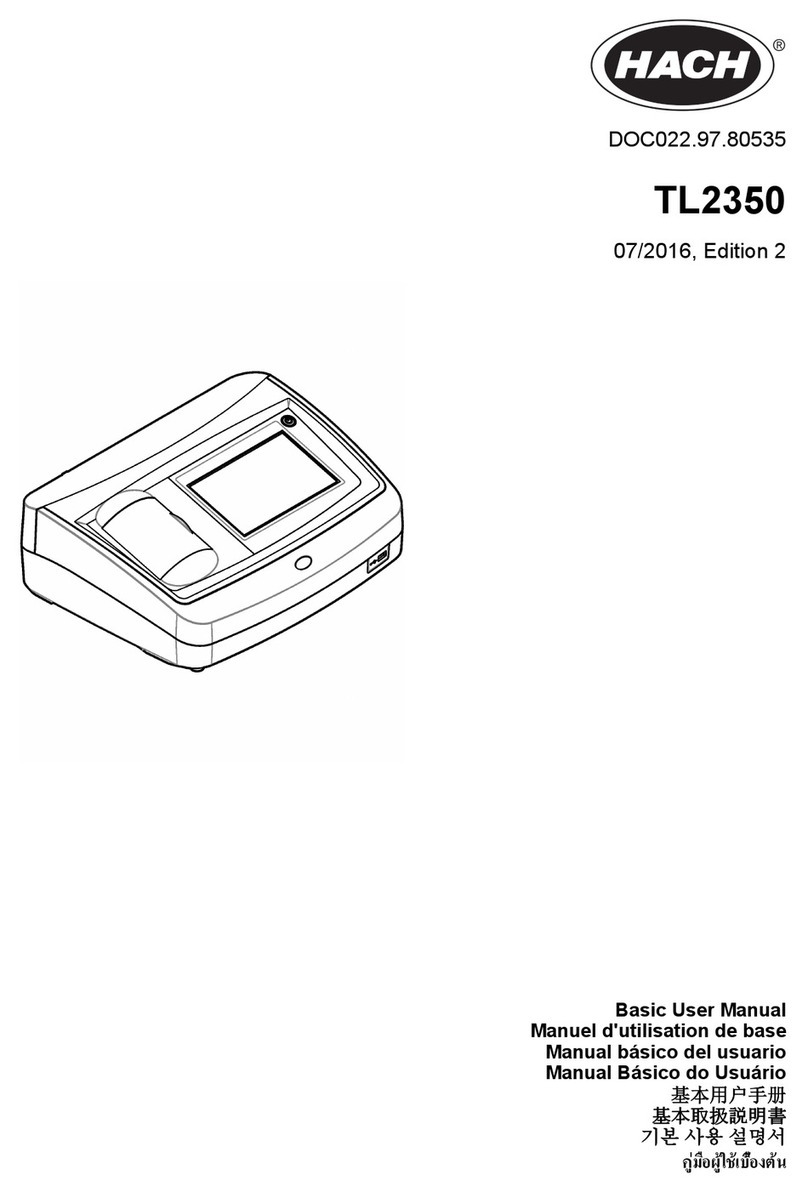
Table of Contents
Section 1 Product overview................................................................................. 3
Section 2 Specifications ...................................................................................... 3
Section 3 Safety information............................................................................... 4
3.1 Intended use ....................................................................................................... 4
3.2 Use of hazard information..................................................................................... 4
3.3 Precautionary labels............................................................................................. 5
3.4 Product hazards.................................................................................................... 5
Section 4 Preparation for use.............................................................................. 5
Section 5 Calibration............................................................................................... 6
5.1 Calibration notes ................................................................................................. 6
5.2 Calibration procedure........................................................................................... 7
Section 6 Sample measurement....................................................................... 8
6.1 Sample measurement notes ............................................................................... 8
6.2 Sample measurement procedure......................................................................... 8
6.3 Interferences ....................................................................................................... 9
Section 7 Verify the calibration.......................................................................... 9
7.1 Verification procedure......................................................................................... 10
Section 8 Maintenance......................................................................................... 10
8.1 Storage............................................................................................................... 10
Section 9 Troubleshooting ............................................................................... 12
9.1 Slope check........................................................................................................ 13
9.2 Standard additions check................................................................................... 13
Section 10 Consumables..................................................................................... 14
10.1 Accessories...................................................................................................... 15
1
